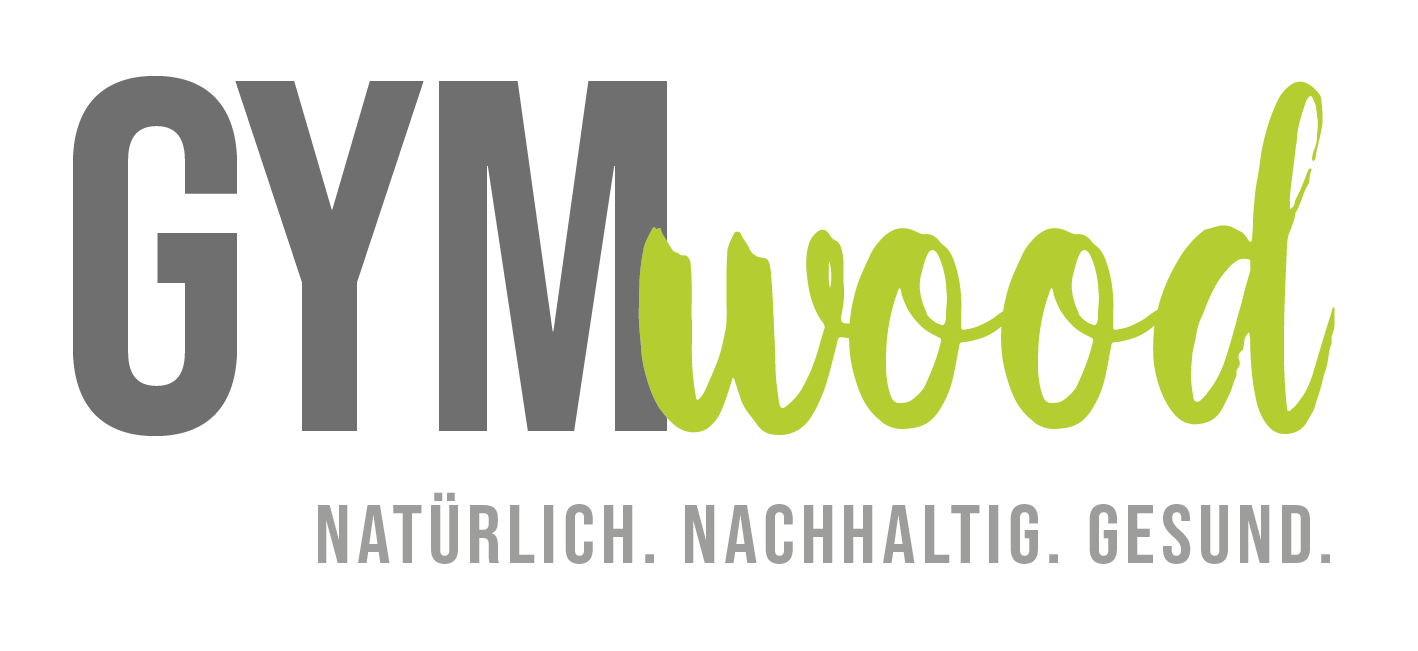
All-in-1
new Classic
Dark Oak
Enjoy all the benefits and full range of functions of our popular New Classic Oak series GYMwood.
The all-in-one wooden training device combines the functions of all devices in the New Classic Dark series in a compact system. This multifunctional training device for physiotherapy was specially developed for maximum efficiency in a small space. With a footprint of just 4 m², the GYMwood all-in-one device is ideal for small studios, physiotherapy practices, wellness centers, and business hotels.
The space-saving design allows for comprehensive flexibility training in a small space without sacrificing quality or versatility. This compact fitness device for small studios offers numerous exercise options for strength, mobility, and coordination – ideal for demanding training sessions.
Rely on space-saving wooden training equipment with a natural aesthetic and durable craftsmanship. Offer your customers maximum efficiency with minimal space requirements – with the all-in-one from the New Classic Oak GYMwood series.
Here's how
All exercise videos with
the exact execution
to our devices
you find on our
YouTube account
Hip
-
Psoas MajorQuadriceps FemorisRectus AbdominisDiaphragm
-
Knee | Hip | Spine
-
Ventral muscle chain
-
- Knees hip-width, supporting surface on the middle of the buttocks
- One leg positioned in hip line in front of body
- Both knees bent 90 degrees
- Head in extension of the spine, chin slightly retracted Pelvis remains erect throughout the exercise Palms facing each other
-
Lean upper body as far back as possible and keep tension in the front chain.
Booth
-
Psoas Major
Quadriceps Femoris
Rectus Abdominis
Diaphragm -
Knee | Hip | Spine
-
Ventral muscle chain
-
- Knees hip-width, supporting surface on the middle of the buttocks
- One leg positioned in hip line in front of body
- Both knees bent 90 degrees
- Head in extension of the spine, chin slightly retracted Pelvis remains erect throughout the exercise Palms facing each other
-
Lean upper body as far back as possible and keep tension in the front chain.
Chest
-
Pectoralis Major & Minor
Psoas Major
Rectus Abdominis
Latissimus Dorsi
Diaphragm -
BWS I neck problems
-
Ventral muscle chain
-
- Middle part of the pad at the level of the angulus inferior (TH9), lower part at the junction of psoas and diaphragm (TH12 & L1).
- Knees hip-width, feet flat on the mat
- Head in extension of the spine, chin slightly retracted
-
Bring extended arms as far as possible behind the pad by extending the thoracic spine and maintain muscle tension in the anterior chain.
Wade
-
Gastrocnemius
Soleus
Ischiocrural musculature
Musculature of the foot -
Knee I lumbar spine I thoracic spine
-
Dorsal muscle chain
-
- Knees extended
- Toes grip the wedge
- Hips are perpendicular over the foot
- Place the upper body as far forward as possible
- Pelvis remains tilted forward
- Head in extension of the spine, chin slightly retracted -
Pull heels down as far as possible and hold the tension.
Side tilt
-
Latissimus Dorsi
Obliquus Internus Abdominis
Obliquus Externus Abdominis
Quadratus Lumborum -
Neck | Spine
-
Lateral muscle chain
-
- Middle part of the pad at the level of the angulus inferior (TH9), lower part at the junction of psoas and diaphragm (TH12 & L1).
- Knees hip-width, feet flat on the mat
- Head in extension of the spine, chin slightly retracted
-
Bring extended arms as far as possible behind the pad by extending the thoracic spine and maintain muscle tension in the anterior chain.
Leg extension
-
Adductor group of the hip joint
Latissimus Dorsi
Obliquus Internus AbdominisObliquus Externus Abdominis
Quadratus Lumborum -
Knee I Hip I Spine
-
Ventral muscle chain
-
- Knees hip width, feet lie flat
- Push pelvis diagonally forward upward
- Band is pulled in an upright position, with tilt of the upper body backwards the arms are slowly extended forward
- Head in extension of the spine, chin slightly retracted
- Pelvic uprightness must be permanently ensured
-
Lean upper body as far and straight back as possible, pivot point is at knee joint.











